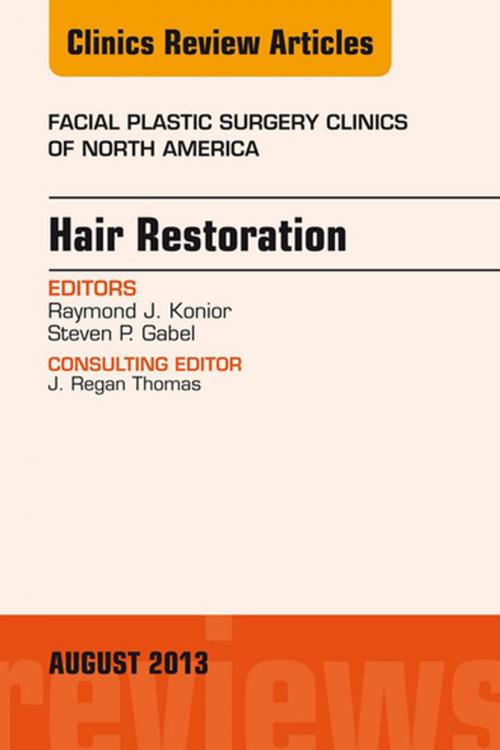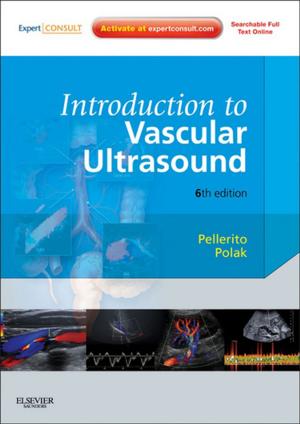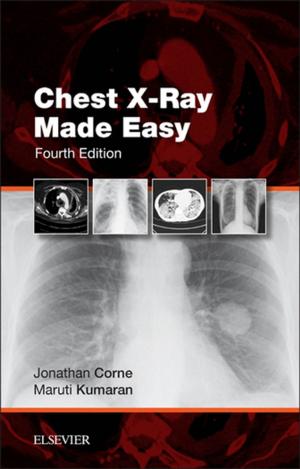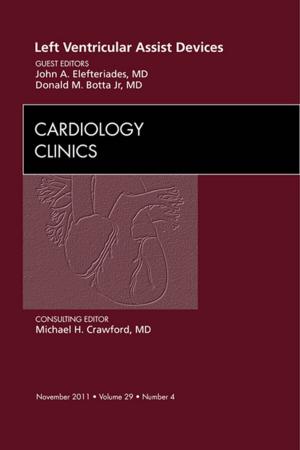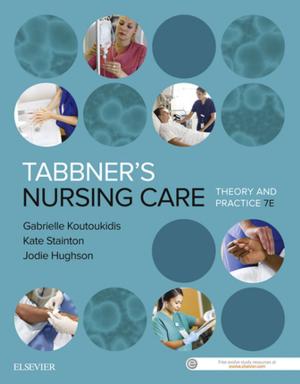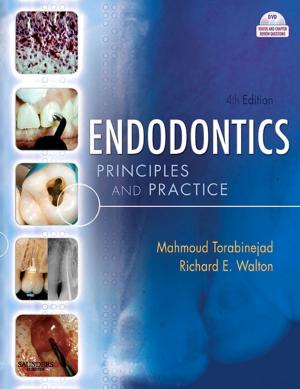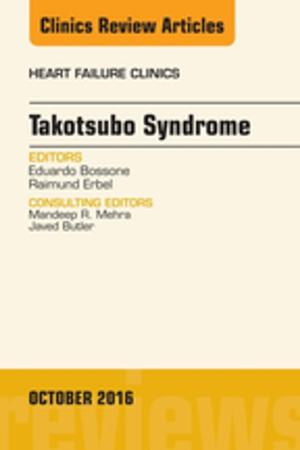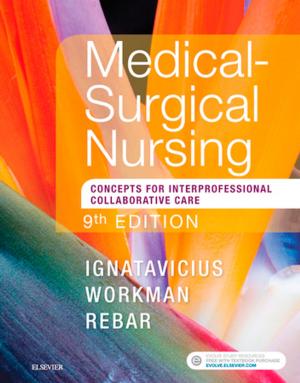Hair Restoration, An Issue of Facial Plastic Surgery Clinics, E-Book
Nonfiction, Health & Well Being, Medical, Surgery, Plastic & Cosmetic| Author: | Raymond J. Konior, MD, Steven P Gabel, MD | ISBN: | 9780323186223 |
| Publisher: | Elsevier Health Sciences | Publication: | September 17, 2013 |
| Imprint: | Elsevier | Language: | English |
| Author: | Raymond J. Konior, MD, Steven P Gabel, MD |
| ISBN: | 9780323186223 |
| Publisher: | Elsevier Health Sciences |
| Publication: | September 17, 2013 |
| Imprint: | Elsevier |
| Language: | English |
While every facial plastic surgeon is trained in hair restoration, unless one does it frequently in practice, there are techniques, tips, and approaches to be learned from experts in this field who focus solely on hair transplantation and restoration. Techniques, Complications, Medical Treatment, and Medical Diagnosis are covered for Donor Harvesting and Management of the Donor Site; Hairline Design and Frontal Hairline Restoration; Management of Advanced Hair Loss Patterns; Repair of the Unsuccessful Hair Restoration; Tissue Expansion for Scalp Reconstruction; Imposters of Andogenetic Alopecia: Diagnostic Pearls for the Hair Restoration Surgeon; and more. This clinically focused information is intended for the facial plastic surgeon whose practice is not a majority of hair restoration and for surgeons who might want to grow their hair practice. Editors Raymond Konior and Steven Gabel lead this review in Facial Plastic Surgery Clinics. When asked why hair transplantation and restoration is of compelling interest, Dr Konior explains that he decided to limit his practice solely to hair restoration because it is a life altering procedure for patients: “People cannot believe the outcome - they come to me post-restoration and are so happy with their new appearance, telling me how much their lives are changed. Whether for job or career or personal reasons, this procedure has a positive outcome for them.
While every facial plastic surgeon is trained in hair restoration, unless one does it frequently in practice, there are techniques, tips, and approaches to be learned from experts in this field who focus solely on hair transplantation and restoration. Techniques, Complications, Medical Treatment, and Medical Diagnosis are covered for Donor Harvesting and Management of the Donor Site; Hairline Design and Frontal Hairline Restoration; Management of Advanced Hair Loss Patterns; Repair of the Unsuccessful Hair Restoration; Tissue Expansion for Scalp Reconstruction; Imposters of Andogenetic Alopecia: Diagnostic Pearls for the Hair Restoration Surgeon; and more. This clinically focused information is intended for the facial plastic surgeon whose practice is not a majority of hair restoration and for surgeons who might want to grow their hair practice. Editors Raymond Konior and Steven Gabel lead this review in Facial Plastic Surgery Clinics. When asked why hair transplantation and restoration is of compelling interest, Dr Konior explains that he decided to limit his practice solely to hair restoration because it is a life altering procedure for patients: “People cannot believe the outcome - they come to me post-restoration and are so happy with their new appearance, telling me how much their lives are changed. Whether for job or career or personal reasons, this procedure has a positive outcome for them.
